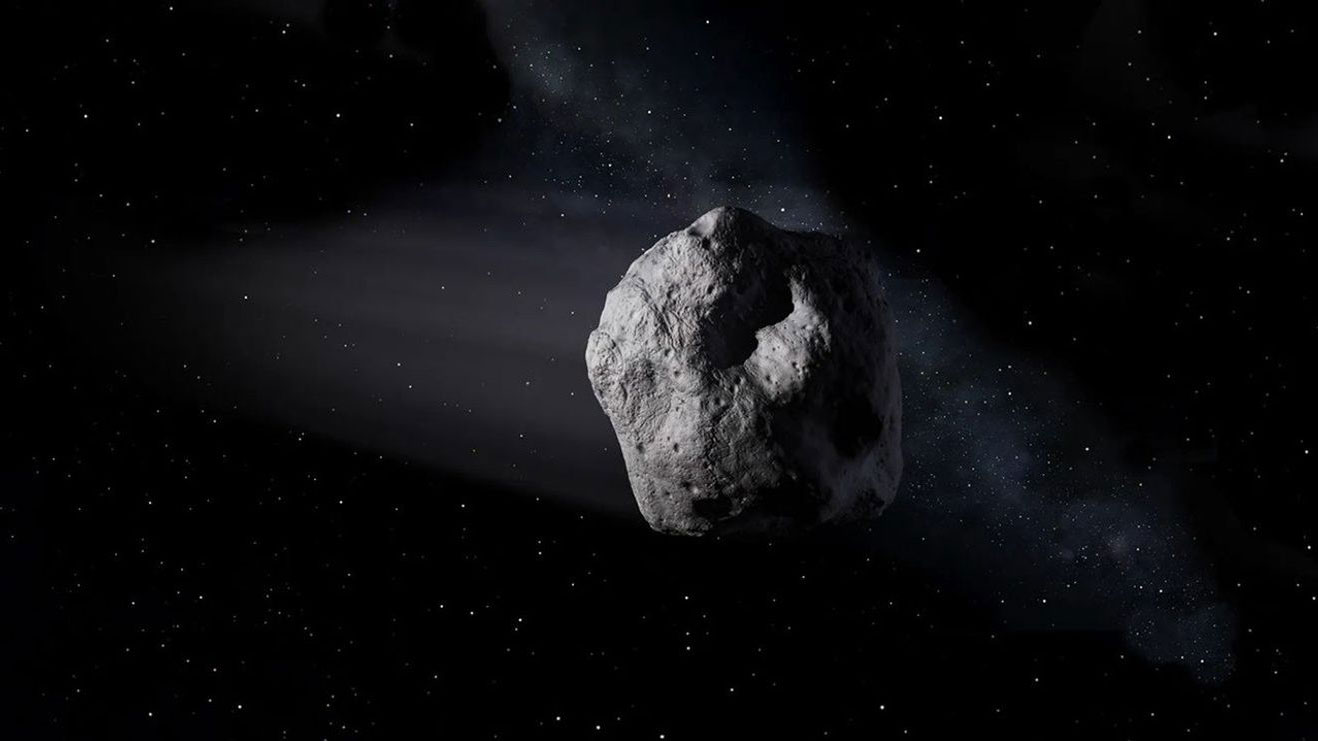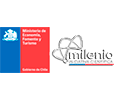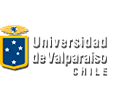
The project was developed by the Millennium Institute of Astrophysics MAS, in alliance with the Institute of Physics and Astronomy of the Faculty of Science UV and the Rapa Nui Planetarium Foundation. It uses muralism to tell a common story between both locations.
What do the stories of Valparaíso and Rapa Nui and their relationship with the night sky have in common? This is the question the Outreach program of the Millennium Institute of Astrophysics wanted to answer, ObservaMASThe project has brought together allies who have explored the connection between heritage, history, culture and astronomy in both locations.
The result of this exploration is the "Two Cultures, One Sky: Astronomical Views of Rapa Nui and the Continental World." which MAS developed thanks to funding from the National Agency for Research and Development and its ALMA 2023 funds. The project consists of two twin murals - one painted at the Faculty of Sciences of the University of Valparaíso and the other at the Rapa Nui Planetarium Observatory - that interconnect the history of the Rapa Nui people and the use of the stars for navigation with the story of Juan Mouat and the installation of Chile's first Astronomical Observatory in the city of Valparaíso. The development of the work counts on the collaboration of the Fundación Planetario Rapa Nuithe Faculty of Sciences of the University of Valparaíso and the Institute of Physics and Astronomy (IFA) of the same university.
"At the beginning of the project, we set ourselves the challenge of finding common elements in two cultures that seem very different. The exploration began with the collection of information. First of all, the research led by the director of the IFA-UV, astronomer Eduardo Ibar, on the installation of the first Chilean observatory and the study of the sky to measure the time and help navigators passing through the port. At the same time, we met with the director of the Rapa Nui Planetarium, Enzo Moglia, who told us about the research carried out together with archaeoastronomer Edmundo Edwards about some structures existing on the island, their alignment with certain stars and the use that the first navigators made of them", he explains. Makarena Estrella PachecoMAS Outreach and Communication Manager and in charge of this project.
It was with this knowledge, he says, that the MAS outreach team began to work. Lorena Hernández García– and the two muralists who would translate the content into an artistic proposal: Karina Asenjoillustrator and muralist, a resident of Rapa Nui and the muralist Nathalí Zamora of Valparaíso, both with important trajectories painting works in both locations.
It was this joint work of creation that led to the final work that unites the stories of both locations. A more ancestral one, in the case of Rapa Nui, and a more modern one in Valparaíso, but sharing a common sky and sea. Two fundamental elements that unite both locations represented in each of the corners of the work.
Twin works
This is the fifth mural developed by MAS. The first four works are in different parts of the metropolitan region. The objective of these murals was to use a language close to the people, such as mural painting, to explain complex astronomical concepts in an accessible way. However, in these two new murals "what is sought is a more patrimonial and cultural rescue," says the MAS outreach manager.
“Ha sido todo un desafío, pero al mismo tiempo ha sido un proceso creativo muy enriquecedor. Pasamos por varias ideas antes del resultado final y además Karina y yo tenemos estilos pictóricos muy distintos, lo que también es un reto de poder combinar”, cuenta la muralista Nathalí Zamora. Por su parte, la artista Karina Asenjo destaca la importancia de usar herramientas como el arte para hacer divulgación. “Es muy importante como obras como estas impactan el espacio de quienes los transitan”.
The muralist highlights among the Rapanui symbolism the presence of the varua of the sea, an ancestor who implemented the astronomical knowledge for navigation; the Creator God Make Make and a Komari, symbol of fertility and creation, which was also included because the project was developed by an all-women team; and the Tupa, a symbol of fertility and creation.The "Torreones", a kind of tower where the wise men lived for the observation of stellar phenomena. On the Valparaíso side, the important figure of JJuan Mouat, a silhouette of the bay of Valparaíso at the time of the installation of the observatory in 1843 and a presentation of the "timeball".whose purpose was to synchronize the clocks located in the area. All of this united by the sky with the main stars used for navigation and shared by both locations, such as the Southern Cross and the Pleiades.
"As the Faculty of Sciences we are very grateful for the project, since it represents very well the union of these two cultures, which seem very distant. The reality that is reflected is that there is the same sky for all of us, which we must take care of", assures the dean of the Faculty of Sciences UV, Marisol Tejos. "This mural is an immense contribution to our work here on the island and is also very emblematic, as it shows the close contacts we have with astronomical centers in mainland Chile," says Edmundo Edwards, president of the Rapa Nui Planetarium Foundation.
To Rodrigo Gonzalez, Seremi of Science, Technology, Knowledge and Innovation of the Central Macrozone and who attended the launch of the mural in Valparaíso, the work is an example of the importance of using other disciplines to disseminate information: "Art and culture are a very good tool for communicating science, which is sometimes so complex for us. This mural not only benefits the nearby communities, but also becomes a great opportunity for all the neighbors of Playa Ancha and Valparaíso," he says.
To learn more about this project and the details of each of the elements represented, an exclusive project page has been created, where each symbolism is explained and how the creative process was developed: https://astrofisicamas.cl/dos-culturas-un-cielo/












